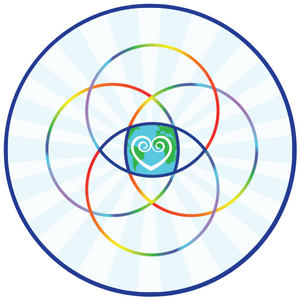

Integrative Health and Wellness

Integrative Health and Wellness
Integrative Medicine Approaches to Migraine
Migraine headaches are a leading cause of disability across the globe. Nausea, vomiting, and sensitivity to light, smell, and noise are among the debilitating symptoms of migraines, which affect one in four households in the US, according to the American Migraine Foundation.
While scientists don’t fully understand the physiology of migraines, recent research suggests the cause is a disorder of nervous system function. Women are three times more likely to suffer migraines, likely tied to hormones, and people in the 15 to 49 age range are most at risk. Triggers include alcohol, caffeine, tobacco, stress, and certain medications.
While conventional therapies for migraine can work, many medications have side effects. Patients find the addition of integrative approaches to their treatment plan improves outcomes, not only by addressing triggers but in alleviation of symptoms.
The authors of a meta-analysis of 28 randomized control trials, published in Frontiers in Neurology, reported that acupuncture reduced the pain and frequency of attacks and improved intracranial blood circulation compared with medications. A Cochrane review of 22 trials concluded that acupuncture is useful for preventing episodic migraine and an effective adjunctive treatment to conventional care.
Mindfulness meditation has also been found to decrease pain intensity. One meta-analysis of 10 randomized control trials and one nonrandomized controlled clinical trial found it decreased both pain intensity and frequency compared to a control group. The study, published in Chinese Medical Journal, found that mindfulness-based stress reduction (MBSD) was most effective in terms of pain intensity.
Biofeedback, a technique whereby a participant monitors and controls physiological processes via a personal device, has been found to reduce stress and lower blood pressure. Two small studies support the effectiveness of biofeedback in decreasing headache intensity. In one, 27 migraine patients received eight 30-minute sessions of biofeedback. The intervention decreased headache and significantly improved stress, depression, and anxiety.
REFERENCES
Dr. Wayne Jonas. (2021, January 15). 3 integrative approaches to effectively treat migraine headaches. https://drwaynejonas.com/3-integrative-approaches-to-effectively-treat-migraine-headaches/


 By
By



